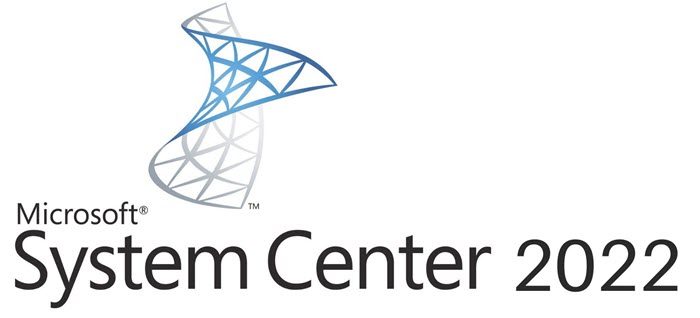As promised, Microsoft has rolled out System Center 2022, the latest version of its data center management suite to all users, a little late though. The company has launched it quietly without any fanfare.

System Center 2022 is now available
Shashank Bansal, the Principal Program Manager at Microsoft announced the launch of System Center 2022 via the official Microsoft Windows Server Blog,
“Today, we are excited to announce the general availability of System Center 2022, which includes System Center Operations Manager (SCOM), Virtual Machine Manager (VMM), System Center Orchestrator (SCORCH), Service Manager (SM), and Data Protection Manager (DPM).¹ With this release, we are continuing to bring new capabilities for best-in-class datacenter management across diverse IT environments that could be comprised of Windows Server, Azure Stack HCI, or VMWare deployments”.
The System Center 2022 is reportedly very flexible and can easily cope with multiple host platforms. It has been engineered to work with Windows Server during the deployment and can also be used to manage software-defined datacenters.
The 6 main components to be used for various IT tasks include-
- (SCOM) System Center Operations Manager- comes with enhanced access control capabilities and is used for operational analytics. It is directly integrated with Microsoft Teams so that the users can get their apps’ notifications on their Teams channels.
- (VMM) Virtual Machine Manager- used for managing virtual machines hosted on different servers.
- (DPM) Data Protection Manager- used to secure the company data.
- Orchestrator- used for automation.
- Service Manager- used to automate service management.
- (ConfigMgr) Microsoft Endpoint Configuration Manager – this is basically an integrated solution to manage all of your devices.
Except for the Data Protection Manager, all other components are made available with the commercial release. Data Protection Manager, as per Microsoft, will be available sometime next month.
Mr. Bansal also states that “We will be bringing hybrid capabilities with System Center 2022 to standardize management and governance across on-premises and cloud environments while reusing your existing investments in System Center.”
Head over to the official Microsoft Windows Server Blog for more details on this.